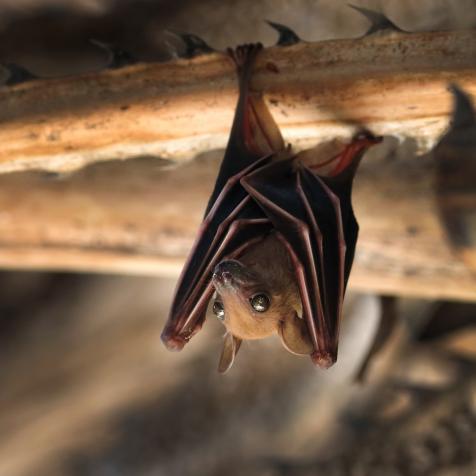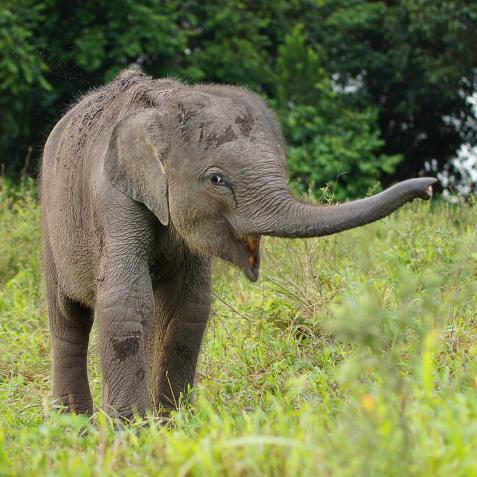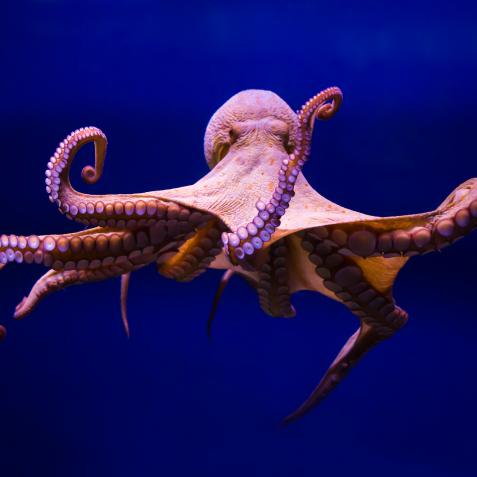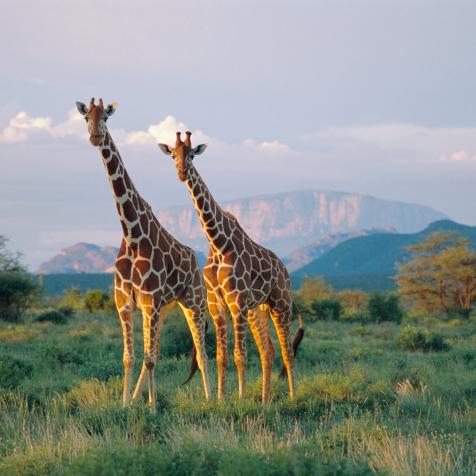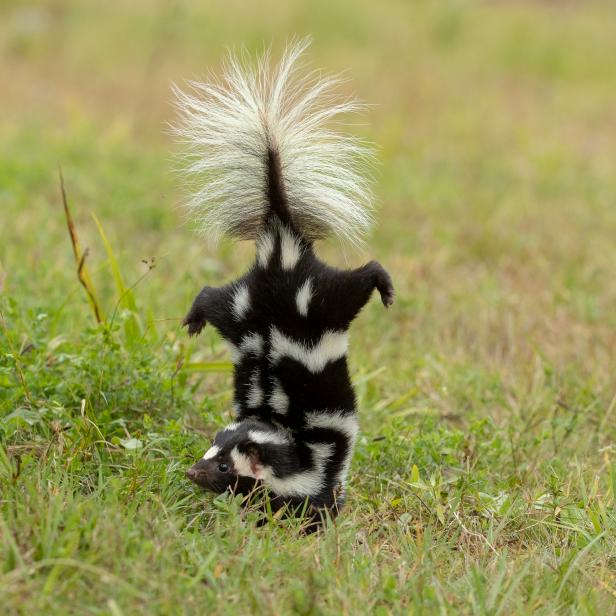
Stan Tekiela
The Acrobats of the Skunk World
These seven species of spotted skunks can do handstands, but that’s not the only secret they’re hiding.
Spotted skunks are a smaller cousin of the more well-known striped skunk. These skunks have been keeping a secret: they can do handstands.
In fact, spotted skunks perform spread eagle handstands before spraying their victim.
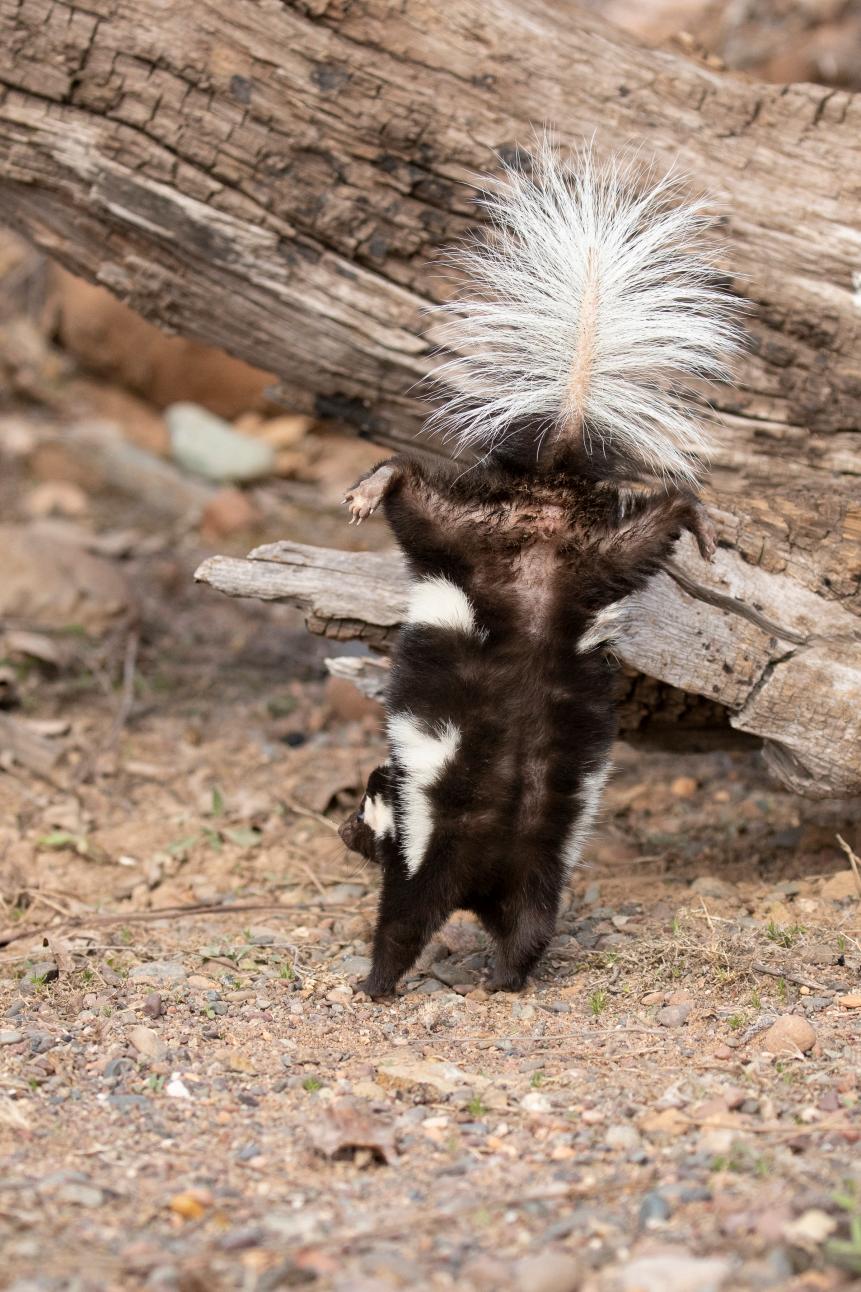
Stan Tekiela
Eastern Spotted Skunk doing a handstand, and getting ready to spray.
There are more than one species of spotted skunk, and telling the difference between them is not an easy task. Prior research pointed scientists to as few as two species and as many as 14.
After collecting more than 200 DNA samples from spotted skunks, from Canada to Costa Rica, researchers finally had an answer.
“There are definitely seven species,” Molly McDonough, a research associate at the Smithsonian’s Museum of Natural History, said to the New York Times.
Using genomic similarities, Dr. McDonough and Dr. Ferguson, the co lead authors of the study, have mapped out seven distinct lineages of spotted skunks.
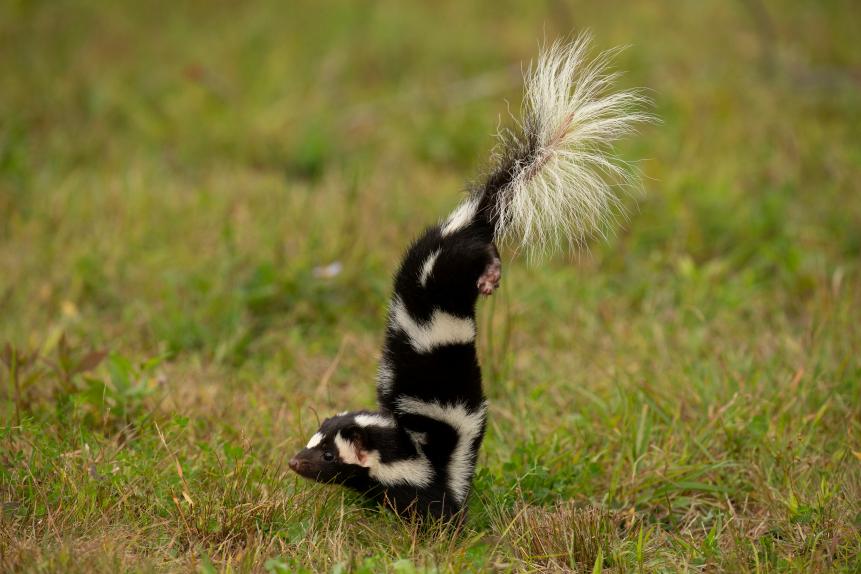
Stan Tekiela
Spotted skunk in central Minnesota.
Most of the spotted skunk species can be divided into two groups - three of which hailed from the east, and three from the west. (The seventh species is native to Mexico’s Yucatán Peninsula).
The biggest difference between the two groups is how they reproduce. In the eastern group, female skunks tend to be pregnant for 50-65 days, and mate in March or April, giving birth to their little stinkers in May or June.
In the west, spotted skunks breed in September or October, and give birth in April or May, with a gestation period of 180-200 days. Evidence shows that western skunks use a process called delayed implantation, where the fertilized egg experiences a dormant period before development.
Skunks from both groups have overlapping territories, like in Texas, so you could have two skunks that look almost identical, but cannot mate because they have entirely different reproductive strategies, making them incompatible.






































































